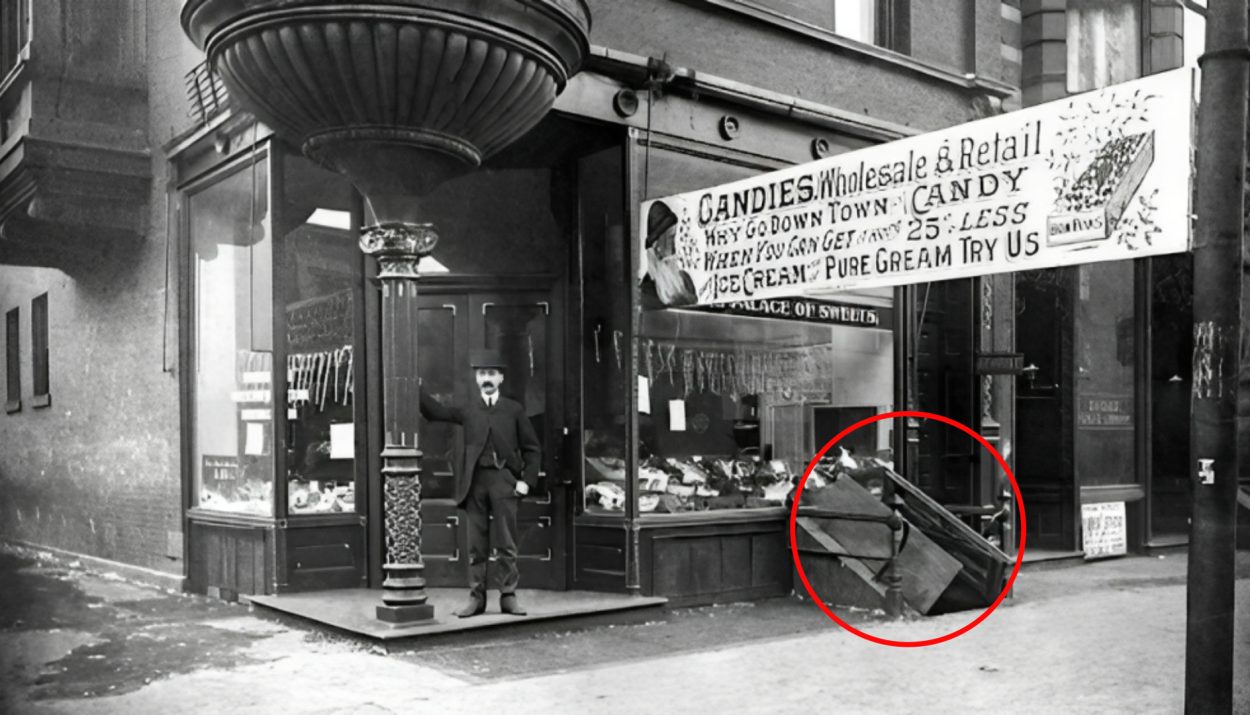Certain cities in the United States have history baked into their very walls. Boston will always be known for being the genesis of the nation’s independence, New York for being a origin of many businesses. Likewise, Chicago is a city with a rich and varied history, and the industry that Chicago was once known for might surprise you.
Chicago and Candy Go Hand In Hand
Most Americans can admit to having a sweet tooth of some kind. Added sugars are, unfortunately, an enormous part of the American diet, with high-fructose corn syrup added to many different food products. America has also originated some of the world’s most famous candy companies.
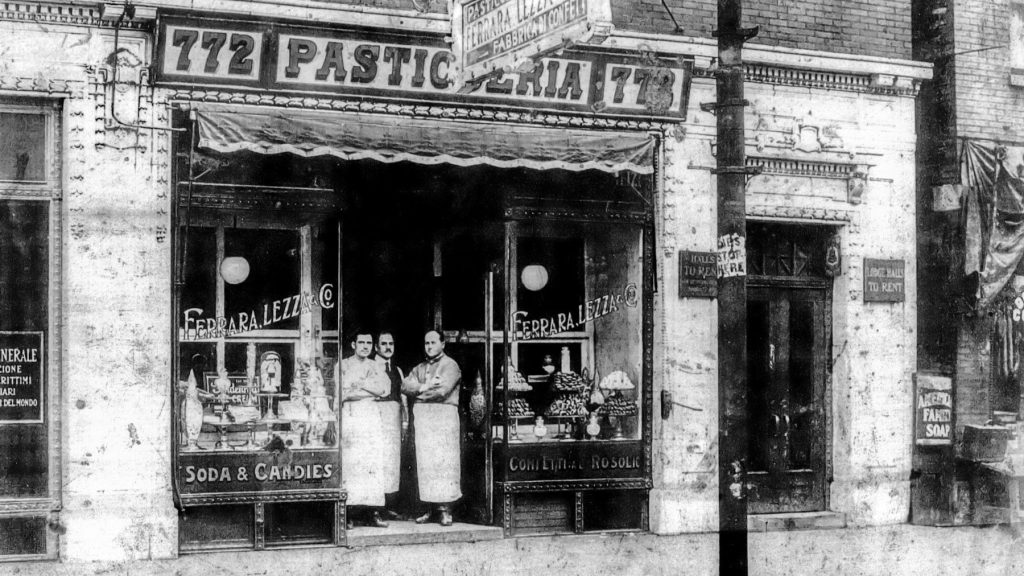
By the mid-20th century, Chicago was known as the candy capital of the United States. Many famous companies that still exist today originated in this city, starting out as mom-and-pop shops of European immigrants in the late 19th century. Many different factors went into the success of Chicago’s candy companies, some of which are less obvious than others.
Ideally Located for Candymaking
Chicago is the capital of Illinois, a state smack dab in the midwest. Its location in the middle of the country made it a prime spot to be the capital of an industry, and the influx of immigrants to Illinois throughout the 19th century contributed to the cultural zeitgeist that would eventually be a thriving candy industry.
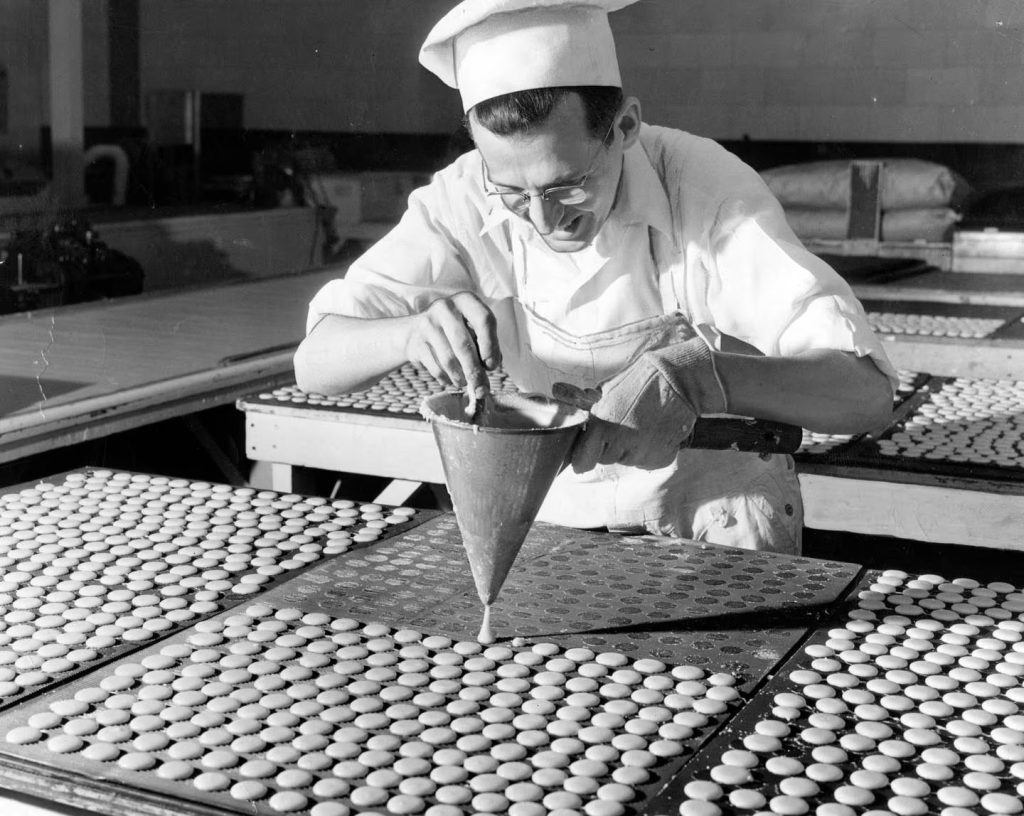
Even the weather in Chicago contributed to the success of early candy companies, though anyone who’s visited Chicago in the winter might be surprised by this fact. In fact, the cooler temperatures in Chicago lent success to industries that required packing and shipping of meltable products such as candy, prior to commercial refrigeration becoming widespread at the turn of the 20th century.
Different Cultures Contributed Different Flavors
The number of immigrants in Chicago also created a mod podge culture that contributed to the success of many different early candy companies. French immigrants were familiar with chocolate and nougat, English immigrants were skilled in making hard candy. It was an industry waiting to explode, waiting for the first innovator to propose an idea.
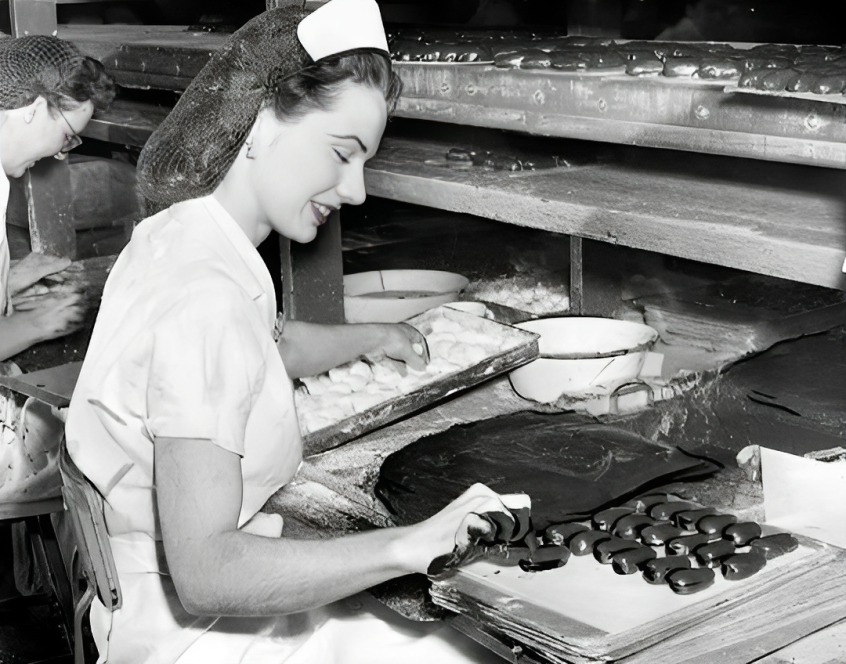
One of the first candy companies didn’t originate as candy, though. William Wrigley Jr. came to Chicago in the late 19th century without a dollar to his name, and started selling soap door to door. He offered a can of baking soda for free to boost soap sales, which eventually led to him selling the baking soda instead, and eventually his famous legacy: gum.
Gum, and More
The popularity of gum exploded, and Wrigley eventually purchased his manufacturer where he proceeded to create three of the most famous flavors of gum today: Juicy Fruit, Spearmint, and DoubleMint. Wrigley’s marketing skills allowed him to take his early business to a 60% share in the market by 1935.
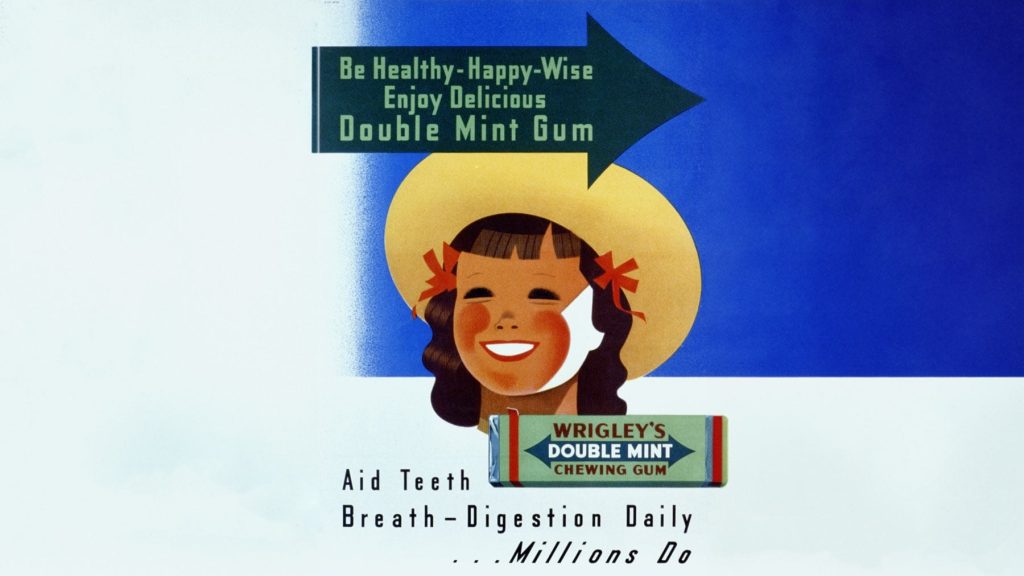
Wrigley was not the only person making his way in the early candy market in Chicago. In 1904, Emil Brach, a German immigrant, took a $1000 loan in order to start his own candy store on North Avenue in Chicago. He started making candy in a single pot to begin with, caramels and other individually wrapped candies.
Success for Some, Less for Others
By the 1950’s, Brach’s candy company was producing 4 million pounds of candy a week, and it was far from the only success story to come out of Chicago. Otto Schnering created the Curtis Candy Company in 1916, creating the Baby Ruth candy bar that went on to make his company famous.
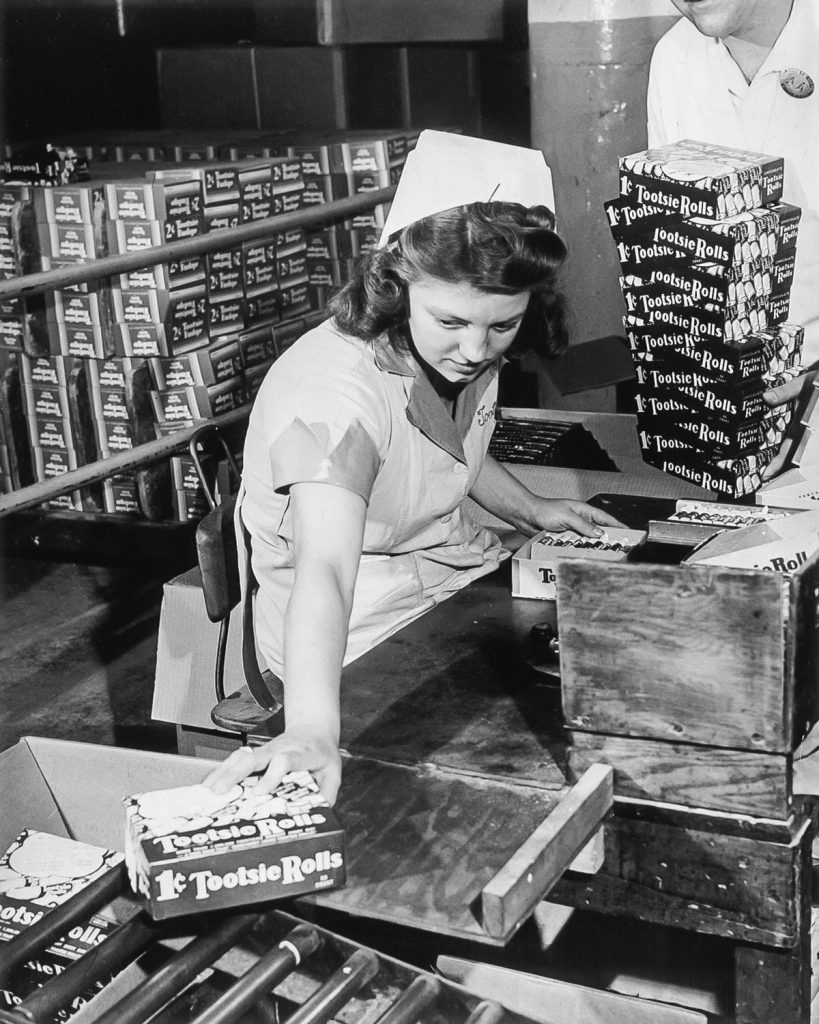
On the opposite side of the spectrum, Frank Mars was decidedly unsuccessful at the beginning of his candy production journey. The financial stress of the company ended his marriage and distanced him from his son. The pair didn’t reunite until his son, Forrest, was an adult, and the pair together came up with the idea for the Milky Way candy bar.
Sugar Took an Important Hit
The way to candy making was not all smooth sailing for these industry figureheads, though, no matter how famous they eventually became. Two world wars during the twentieth century led to a boat load of taxes and rationing of various supplies and food items, including sugar.
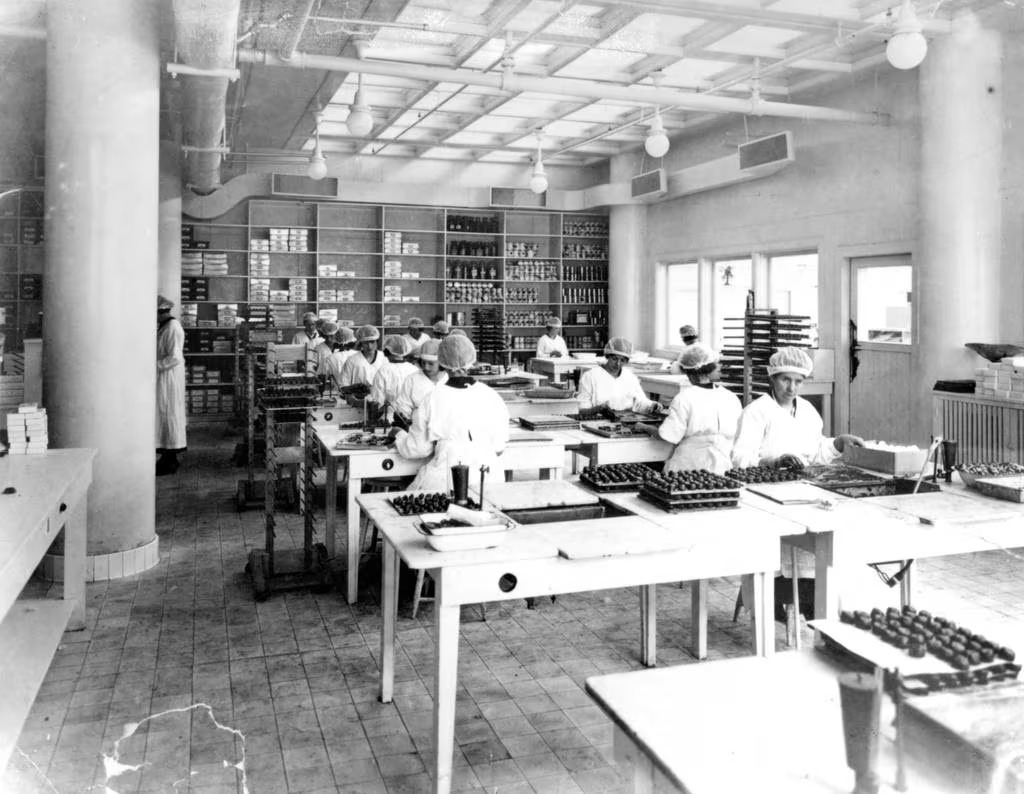
Sugar was first rationed in 1917, with Woodrow Wilson’s slogan of “Food Will Win The War.” Sugar was rationed for everyday Americans down to three quarters of a pound per week, and these rations obviously struck candy companies as well.
The Sugar Tariff
Worse than the sugar rations of the first world war, though, was the tax that was placed on sugar in the 30’s. Cuba held an enormous share of the sugar market in America at the time, and in order to protect domestic interests, Congress passed several tariffs that were imposed on sugar imports.

These tariffs led to an expansion of the domestic sugar market, and subsequently price fixing when the price of sugar continued to fall. The government set the price and production quotas of sugar producers, creating a higher cost, which ultimately affected candy companies. Some were forced to close their doors, and some were forced to combine with others in order to cope with rising costs.
Not the End of Candy, Especially in Chicago
The history of candy companies in Chicago is fascinating, from its family-run roots to the mass corporations that we know today. Brach’s was owned by the Brach family for many decades, but is now owned by the Ferrara Corporation and produced in Mexico. Wrigley was purchased by Mars Corp. in 2008, changing hands of the company for the first time since its conception.

The history of candy can be rocky and is influenced by many factors, but these early corporations are a story of resilience and persistence in the face of adversity. The American dream is a pursuit that has been sold to immigrants since America’s conception, and many of the Chicago candy companies are evidence of what it looks like to realize it.

